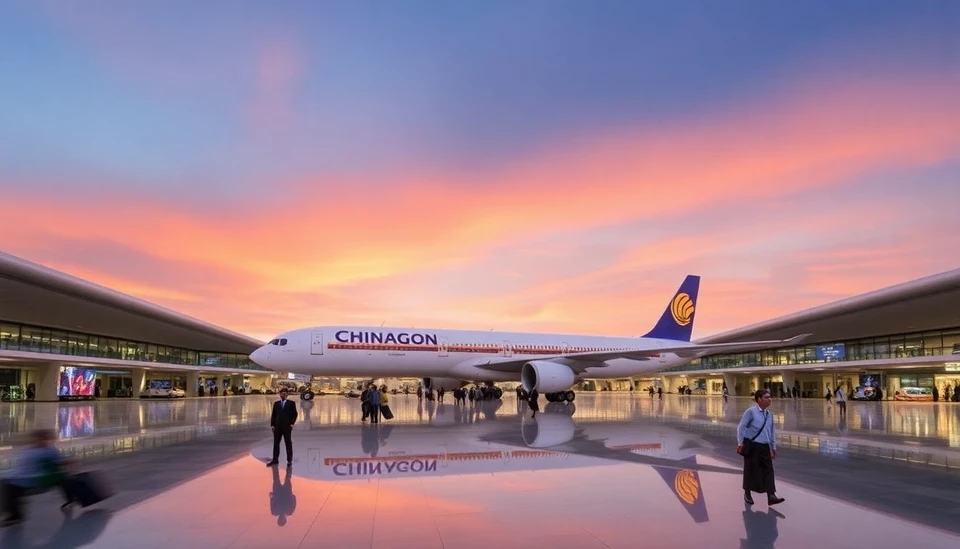
As global travel rebounds from the setbacks of previous years, the competition among airports to provide the best experience has intensified. The latest report on the best airports of 2025 has ranked facilities around the world, showcasing those that excel in customer satisfaction, amenities, efficiency, and accessibility.
This year, the prestigious title of the world’s best airport has been awarded to Changi Airport in Singapore, a perennial favorite among travelers. Known for its remarkable architecture, extensive shopping options, and leisure facilities including gardens and a butterfly conservatory, Changi continues to set the benchmark for airport experiences. The accolades for Changi reflect a commitment not only to transit efficiency but also to passenger comfort and entertainment.
Following closely behind Changi, Tokyo’s Haneda Airport secured the second position. Renowned for its accessibility to the city and terminal efficiency, Haneda has been recognized for its clean and vibrant environment, as well as its wide range of dining and shopping choices. Travelers have praised the airport for its user-friendly navigation and impressive amenities.
In the third spot, Hamad International Airport in Doha, Qatar remains a key player in the aviation world. Its striking design and luxurious facilities, such as the famous indoor park and art installations, have earned it accolades for providing a unique travel experience. Additionally, Hamad continues to improve its service offerings to cater to a growing number of international travelers.
Aside from the top three, several airports have made significant leaps in this year’s rankings. Munich Airport in Germany has once again proven itself as one of Europe’s finest, coming in at fourth place. Known for its efficiency and extensive passenger services, Munich offers everything from quality dining to shopping that reflects Bavarian culture.
Fifth place went to Tokyo’s Narita International Airport. Despite rivalry from Haneda, Narita has made strides in enhancing its service quality and operational efficiency, making it a noteworthy option for travelers flying into the Japanese capital.
The global ranking not only measures airport services but also highlights the influence of evolving travel patterns, with many airports now focusing on sustainability initiatives. This trend has seen facilities investing in green technologies and practices, aiming to reduce their environmental impact, an aspect increasingly important to today’s eco-conscious travelers.
As travel continues to recover, these top airports are setting examples in terms of innovation, customer service, and overall passenger experience. They reflect a focused commitment to not just handle increased traveler volumes but to enhance the quality of service within the fast-evolving aviation landscape.
In conclusion, the rankings for 2025 have once again illustrated the excellence and competitive edge exhibited by leading airports globally. As they continue to adapt and improve, travelers can look forward to more enhanced experiences on their journeys through these outstanding facilities.
For those looking to travel in the coming years, keeping an eye on these award-winning airports may offer insights into the most pleasant travel experiences available across the globe.
#ChangiAirport #TravelRanking #HamadInternationalAirport #HanedaAirport #AirportExcellence #GlobalTravel #Travel2025 #AirportExperience
Author: Samuel Brooks
